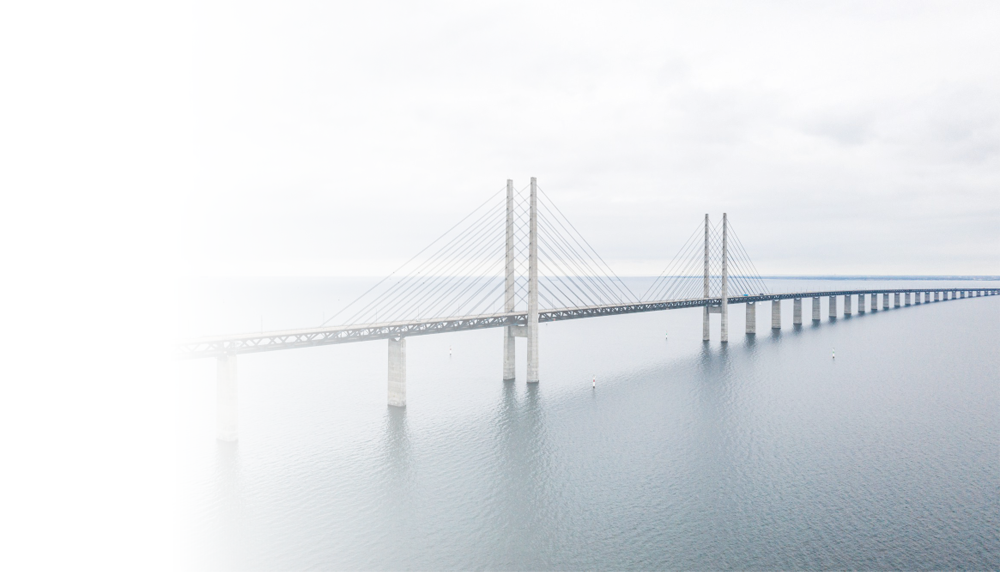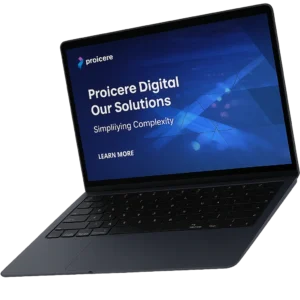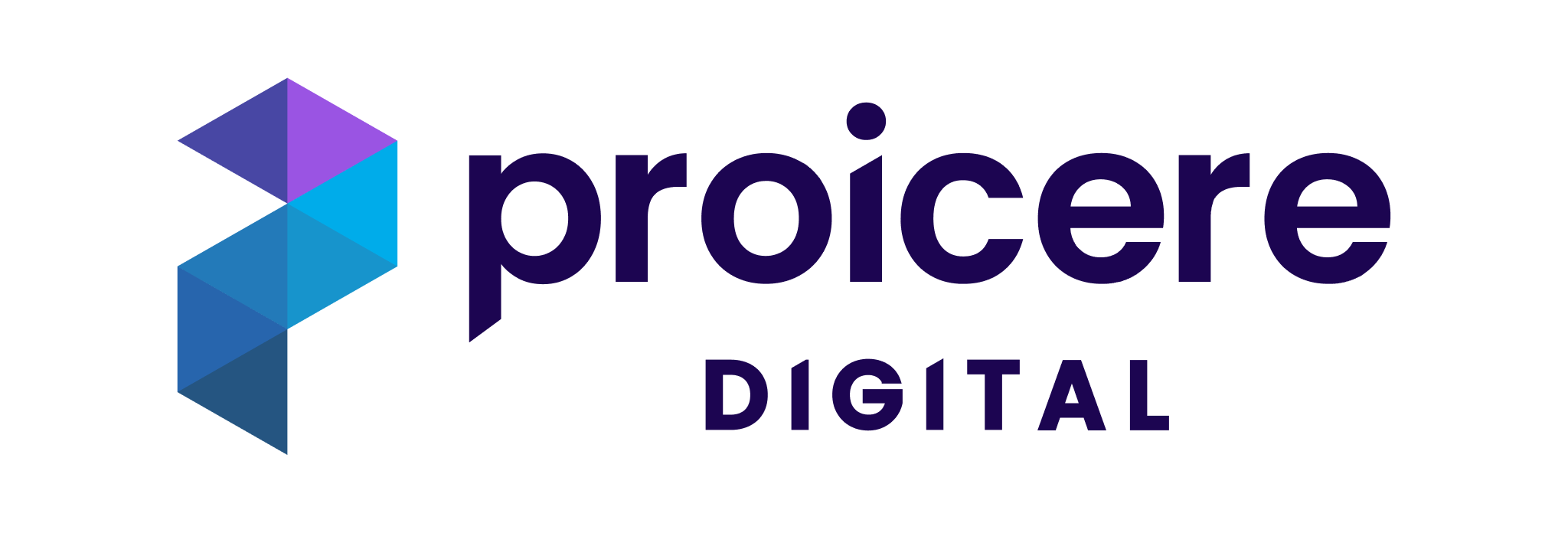The goal of constructability is to optimize the design and planning phase to minimize potential issues during construction, reduce costs, improve timelines, and enhance the quality and safety during execution. This typically includes considerations like the availability of materials, the complexity of construction methods, and the coordination between various project teams.

Proicere Digital combines deep industry experience with the capacity to support infrastructure programmes of national significance. Our multidisciplinary team has successfully delivered complex projects across transportation, energy, water, and industrial sectors—spanning ALRT/LRT systems, major highways, oil and gas installations, and hydro facilities. Every engagement is backed by proven processes and a collaborative delivery model that brings together technical, commercial, and delivery teams. From early design reviews and constructability workshops to stakeholder coordination and integrated delivery planning, we ensure solutions are not only well-engineered but also practical, safe, and cost-effective.
Expertise in Value Engineering and Optimization
In heavy construction and infrastructure projects, Value Engineering (VE) and Optimization within the planning and scheduling function plays a key role in maximizing project value by systematically reviewing work methods, sequencing, and resource allocation. The goal is to identify smarter alternatives that reduce cost, time, and risk while enhancing constructability and productivity. This includes detailed constructability reviews, optimized work packaging, and 4D simulations to test phasing strategies. It also involves sequencing adjustments to improve crew efficiency, evaluating modular or parallel work streams, and leveraging technologies such as fast-tracking or alternative construction methods.
The function also encompasses interface and constraint optimization to align stakeholder schedules, reduce coordination risks, and factor in permitting or environmental constraints. Schedule risk analysis (e.g., QSRA) is used to guide contingency planning and buffer allocation. Together, these efforts result in leaner, more predictable delivery, improved safety, and stronger stakeholder confidence. Our team play a vital supporting role in VE by modeling the time impacts of proposed changes, testing construction alternatives, and helping balance trade-offs across scope, time, cost, and risk.
- Industry Example
In the Pattullo Bridge Replacement project, our team analyzed 17 bridge design options, producing white papers that ultimately led to the selection of a design optimized for functionality, cost, and constructability.


Advanced Constructability and Interface Management
Effective constructability planning starts with synchronising construction sequencing with detailed scheduling, underpinned by constructability reviews. These integrated master schedules break down each project phase and apply industry-standard construction norms alongside historical productivity data to optimise delivery.
Comprehensive risk assessments are embedded throughout the scheduling process. Risks are identified and analysed early, with simulations such as Monte Carlo used to stress test assumptions.
Float and contingency plans are then applied to absorb potential impacts without derailing progress.
Constructability and interface planning is further enhanced through collaboration with risk management functions. Monetary and time-based risk valuations are applied, ensuring critical issues are flagged, prioritised, and addressed proactively—helping to drive certainty in both schedule and budget.
Delay Analysis and Claims Validation
With extensive experience in both private and public sectors, our team applies schedule-based retrospective delay analysis techniques, such as As-Planned vs. As-Built, Impacted As-Planned, Windows, and But-For Analysis. We believe in transparent communication of delays and impacts, enabling collaboration and acceptance by all stakeholders.
This process not only resolves current issues but also provides lessons learned to improve future activities and projects.
Emphasis on Comprehensive Constructability Reviews
At Proicere Digital, constructability reviews are embedded throughout all project phases—pre-construction, execution, and close-out. These assessments consider the impact of design and methodology changes on safety, quality, and environmental performance. Reviews draw on detailed evaluations of engineering packages, method statements, contractual requirements, and key construction factors like material availability, labour, equipment, site layout, and sequencing.
Unbiased shadow schedules are frequently developed alongside method statements to identify deviations from contractor programmes and approved baselines. Variances and risks are highlighted early, documented thoroughly, and clearly communicated to internal stakeholders and project partners to support informed decision-making.
Outcomes and Benefits
Our project controls approach delivers measurable impact where it matters most, on time, cost, risk, and execution. By integrating proven methodologies with constructability insight and rigorous schedule management, we help project teams unlock efficiencies, reduce uncertainty, and strengthen delivery confidence.
Reduced Schedule Duration and Cost
Achieving leaner, more efficient timelines. Validating time impacts of VE proposals.
Improved Constructability
Enhancing ease and safety of execution. Modelling construction alternatives in time-based simulations.
Lower Risk Exposure
Identifying and eliminating potential delays proactively. Supporting trade-off analyses between time, cost, risk, and performance.
Greater Stakeholder Confidence
Transparent, defendable schedule logic and scenario testing.



